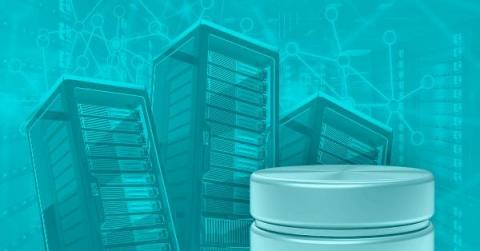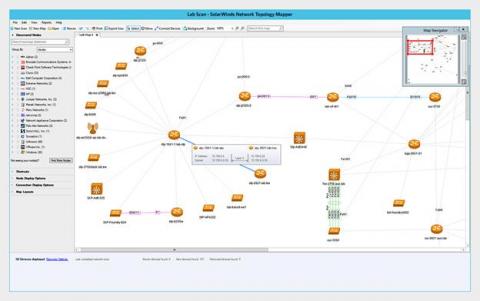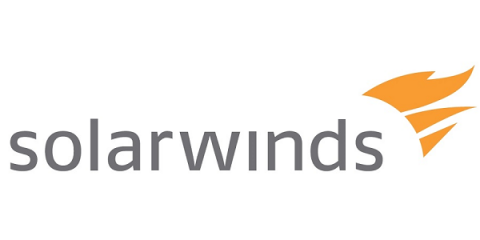SQL Server Storage Best Practices: Choosing Storage Options
Storage is one of the most critical components for any relational database management system, and getting the right storage configuration affects reliability, availability, and performance. When it comes to SQL Server storage best practices, choosing between storage hardware options has changed significantly over the last decade, but that doesn’t necessarily make choosing the correct storage options for SQL Server any easier.
























